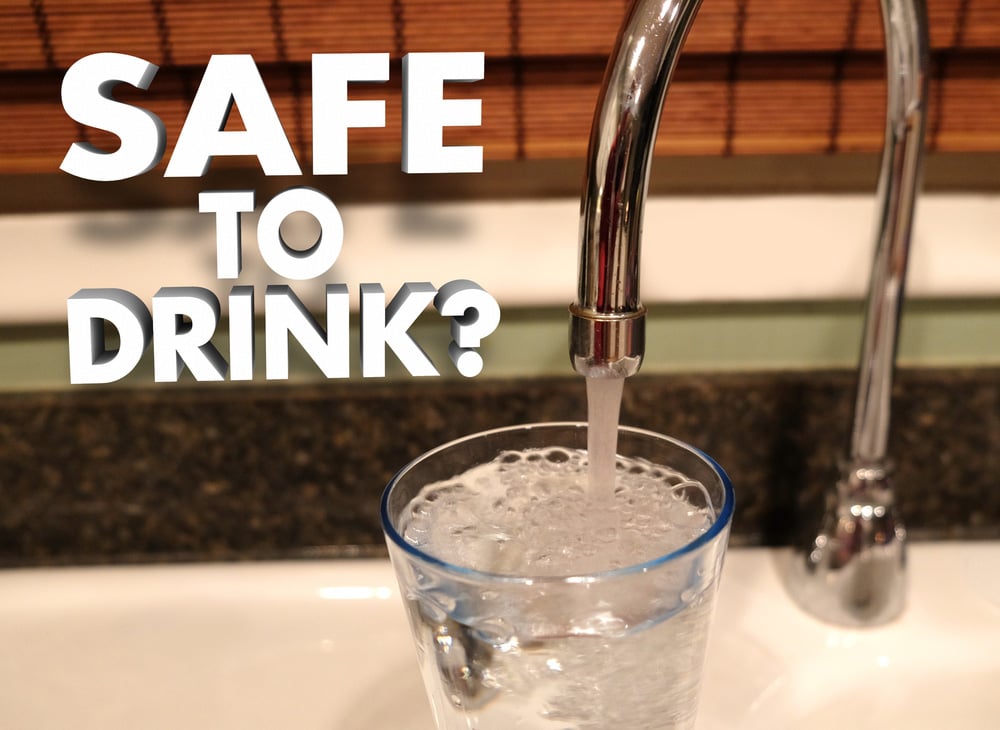
Nearly 300 million Americans get their tap water from public water systems. In the US, we have the infrastructure in place to provide us with instant access to freshwater, unlike many other parts of the world where people travel miles for drinking water or have to boil their water before using.
Recent news has gone on to reinforce the fact that regulated water sources here in the US are not always as pure as we assume. Oversights and mismanagement are causing water health crises in communities across the country. Consider Flint, Mich. where cost-cutting measures resulted in toxic drinking water containing lead and other pollutants being delivered to homes throughout the city. While this is an extreme case, it’s hardly an isolated incident.
Last year, data CNBC obtained from the Environmental Protection Agency (EPA) disclosed that only nine states reported safe levels of lead in their water supplies leaving 41 states to report higher than normal levels. In short, despite regulations, there still may be dangers lurking in your tap water.
In a recent blog post, 8 City Drinking Water Contaminants, we outlined a number of highly toxic chemicals like arsenic, lead (the main toxin in the Flint water supply) and cancer-causing trihalomethanes (THMs) that are seeping into the water supply of highly populated cities around the country. For example, perchlorates, a key ingredient found in rocket fuel and explosives have been found in the Colorado River due to runoff from military and industrial areas.
So, what can you do to protect yourself?
DIY Water Quality Testing & Regulation
To stay informed about water quality issues in your area, we’ve provided a few initial recommendations to get you started. Things you can do at home to ensure you are protected as well as suggestions on how to stay informed on what's going on with the water supply where you live. Contact us for more information.
- Test your tap water with a full laboratory home kit. This test allows you to sample your tap water for bacteria, heavy metals, chemicals, and pesticides. Collect the sample, ship to the lab, and receive your results within 10 days.
- Visit the EPA website to view consumer confidence reports, otherwise known as drinking water quality reports. These annual reports help people determine what’s in their tap water and where it comes from based on location.
- Install a whole-home water filter that removes harmful metals including lead and mercury, chloramines, chlorine, pesticides, and many other pollutants.
- Sign up for digital notifications from your water municipality including social media and email to ensure you receive up-to-the-minute alerts on any issues affecting your water supply.
- Connect with us, The Perfect Water on Facebook, Twitter, or LinkedIn for ongoing residential water solutions and water health tips.

